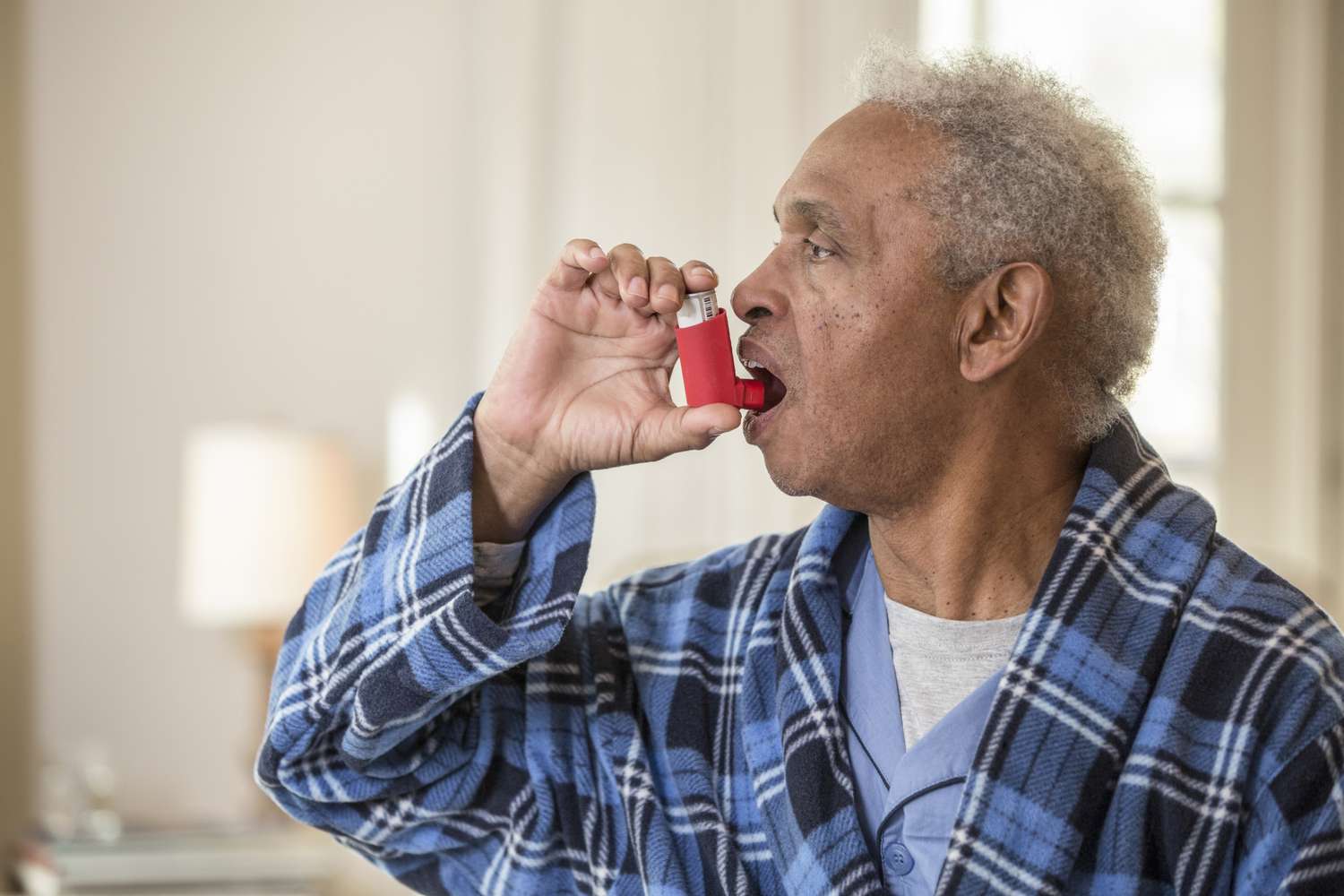Coping with COPD: A Guide to managing symptoms
A condition characterised by narrowing of the airways and discomfort or trouble breathing. Emphysema (a condition that affects the lungs’ tiny air sacs, or alveoli) and chronic bronchitis (over time, the bronchi (large air passageways that go to the lungs) become inflamed and scarred.) can potentially lead to COPD. A COPD diagnosis indicates that you may have signs of both of these lung-damaging conditions or just one of them. As COPD worsens over time, breathing becomes more difficult.
What distinguishes asthma from COPD?
Asthma and Chronic Obstructive Pulmonary Disease (COPD) are both chronic respiratory conditions that affect breathing, but they have distinct causes and symptoms.
Asthma is caused by inflamed and narrowed airways and is characterized by acute symptoms, such as sudden episodes of wheezing and chest tightness, which can be effectively managed with inhaled medications.
COPD causes chronic coughing and breathing problems due to airway and lung damage from smoking or air pollution. COPD progresses and requires drugs, oxygen therapy, and lifestyle adjustments. To properly identify and treat respiratory disorders, seek medical attention.
Understanding the Stages of COPD: How to Recognize and Respond to Changes
Understanding the stages of COPD can help patients and their families recognize changes in symptoms and respond accordingly. The stages of COPD are classified according to the severity of airflow obstruction. The stages are:
Stage 1 (Mild): Mild COPD with a moderate reduction in lung function. Symptoms may include occasional coughing and wheezing.
Stage 2 (Moderate): Moderate COPD with a more significant reduction in lung function. Symptoms may include increased coughing and wheezing, shortness of breath, and increased difficulty with physical activity.
Stage 3 (Severe): Severe COPD with a marked reduction in lung function. Symptoms may include frequent breathing difficulties, increased shortness of breath, and reduced ability to perform daily activities.
Stage 4 (Very Severe): Very severe COPD with a very significant reduction in lung function. Symptoms may include constant shortness of breath, frequent hospitalizations, and significant limitations in daily activities.
What causes COPD?
- 90% of COPD cases are related to cigarette smoking.
- Alpha-1 antitrypsin (AAT) deficiency, a genetic condition
- Second-hand smoke
- Air pollution.
- Dust and odours during work.
Diagnostic test for COPD
- Pulse oximetry: This examination determines the level of oxygen in your blood.
- ABGs (Arterial Blood Gases): These examinations measure the levels of carbon dioxide and oxygen in your blood.
- Electrocardiogram (ECG or EKG): This test evaluates heart health and eliminates heart disease as a potential cause of breathlessness.
- Chest X-ray or chest CT scan: Imaging studies search for lung abnormalities that COPD produces.
- Exercise testing: Your doctor does this to see if your blood’s oxygen level falls as you exercise.
- Spirometry: This is a simple breathing test that measures the amount of air a person can exhale and how quickly they can do it. It can help determine the extent of airflow obstruction in the lungs and is considered the gold standard for diagnosing COPD.
- Medical history: Your healthcare provider will enquire about things like:
- Are you a smoker?
- Have you experienced prolonged exposure to air pollution or dust?
- Do additional family members have COPD?
- Do you experience breathlessness while you exercise? while sleeping?
- Have you had a persistent cough or wheeze?
- Coughing up phlegm?
Treatment for COPD
Chronic obstructive pulmonary disease (COPD) treatment can aid with symptom management, enhance quality of life, and delay the onset of the condition. The following are some typical COPD treatments:
- Medication: The most widely used drugs to treat COPD are bronchodilators, which loosen and open the airways, and corticosteroids, which lessen airway inflammation. Lung infections may also be treated with other drugs, such antibiotics.
- Oxygen therapy: This procedure uses oxygen to promote better breathing and raise blood oxygen levels. For those with severe COPD and low oxygen levels, oxygen therapy may be advised.
- Pulmonary rehabilitation is a programme that combines exercise, education, and breathing techniques to assist patients improve their breathing and physical function. Hospitalization risk can be decreased with the aid of pulmonary rehabilitation.
- Surgery: To remove unhealthy lung tissue or to improve airflow, surgery may occasionally be advised. Surgery is generally only advised, though, for those with severe COPD who have not responded to other forms of treatment.
- Changes in lifestyle: Giving up smoking, limiting exposure to air pollutants, and getting regular exercise can all help control COPD and enhance general health. Additionally useful in managing symptoms and preserving general health are a balanced diet and adequate hydration.
Conclusion
At Altor Hospital, we are dedicated to providing high-quality care and support to individuals with COPD. Our team of experienced healthcare professionals is equipped to diagnose and treat COPD using the latest evidence-based treatments and technologies. Whether you are seeking a diagnostic evaluation or ongoing management of your condition, we are here to help. We encourage anyone who is experiencing symptoms of COPD to seek medical evaluation and treatment as soon as possible. Together, we can work towards a healthier, more active future.

